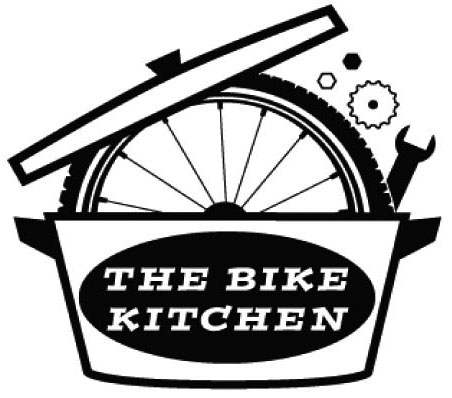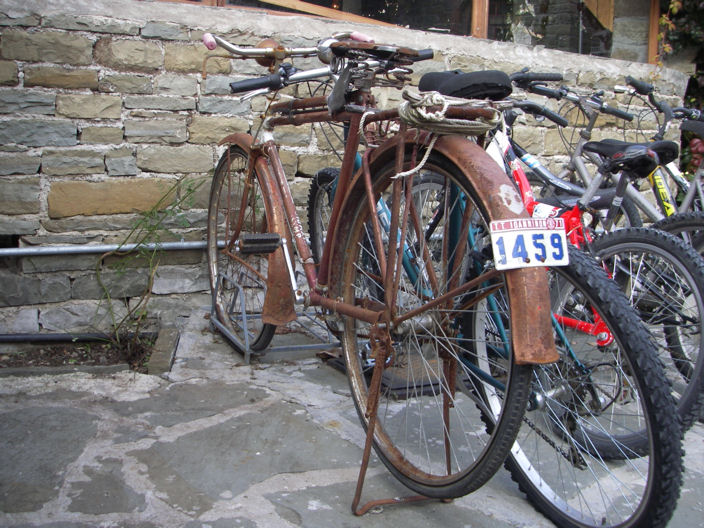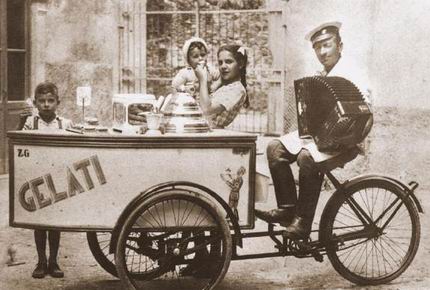Αν κάποιες φορές έχετε πονοκέφαλο και δεν ξέρετε γιατί, θα πρέπει να ελαττώσετε το κόκκινο κρασί…
Σύμφωνα με Αμερικανούς επιστήμονες του MIT και μετά από έρευνα 20 χρόνων, η ερευνητική ομάδα κατέληξε ότι μάλλον η μεγάλη κατανάλωση κόκκινου κρασιού, αλλαντικών και τυριών είναι η κύρια και κρυφή αιτία πονοκεφάλων. Κύρια ένοχος είναι η ουσία
Αρχείο
All posts for the month Απρίλιος 2014
Wine Folly
It is a clever device of psychology to fashion the identities of large format bottles after biblical kings. Wine is supposed to be a living thing, so it seems appropriate that they be named after holy idols. Either way, drinking 6 liters of wine makes me feel enlightened. So be it. Below is a list of wine bottle sizes and names as they relate to still wine.
Wine Bottle Sizes Chart
187.5 ml Piccolo or Split: Typically used for a single serving of Champagne.
375 ml Demi or Half: Holds one-half of the standard 750 ml size.
750 ml Standard: Common bottle size for most distributed wine.
1.5 L Magnum: Equivalent to two standard 750 ml bottles.
3.0 L Double Magnum: Equivalent to two Magnums or four standard 750 ml bottles.
4.5 L Jeroboam (still wine): Equivalent to six standard 750 ml bottles. (see champagne size[link])
6.0 L Imperial: Equivalent to eight standard 750 ml bottles or two Double Magnums.
9.0 L Salmanazar: Equivalent to twelve standard 750 ml bottles or a full case of wine!
12.0 L Balthazar: Equivalent to sixteen standard 750 ml bottles or two Imperials.
15.0 L Nebuchadnezzar: Equivalent to twenty standard 750 ml bottles.
Facts about wine bottle sizes
- Box wine is commonly 3 liters or a double magnum size
- Rehoboam in terms of Champagne Bottles is only 4.5 litres or 6 bottles.
- Methuselah is the same size as an Imperial (6 litres) but the name is usually used for sparkling wines in a Burgundy-shaped bottle
Η μέτρια κατανάλωση αλκοόλ έχει ευεργετική επίδραση στον οργανισμό, σύμφωνα με δεκάδες επιστημονικές μελέτες.
Τώρα όμως, μία άλλη μελέτη αναγάγει ένα ελληνικό αλκοολούχο ποτό σε πολύτιμο σύμμαχο υγείας.
Το ούζο βρέθηκε ότι βοηθάει στην απορρόφηση του σιδήρου των τροφών από τον οργανισμό, εξαιτίας του γλυκάνισου, του βασικού συστατικού του ούζου.
Την ίδια επίδραση έχουν και όσα άλλα ποτά (π.χ. τσίπουρο) που περιέχουν γλυκάνισο.
Το όφελος από το ούζο αφορά σε ένα ποτηράκι την ημέρα.

















